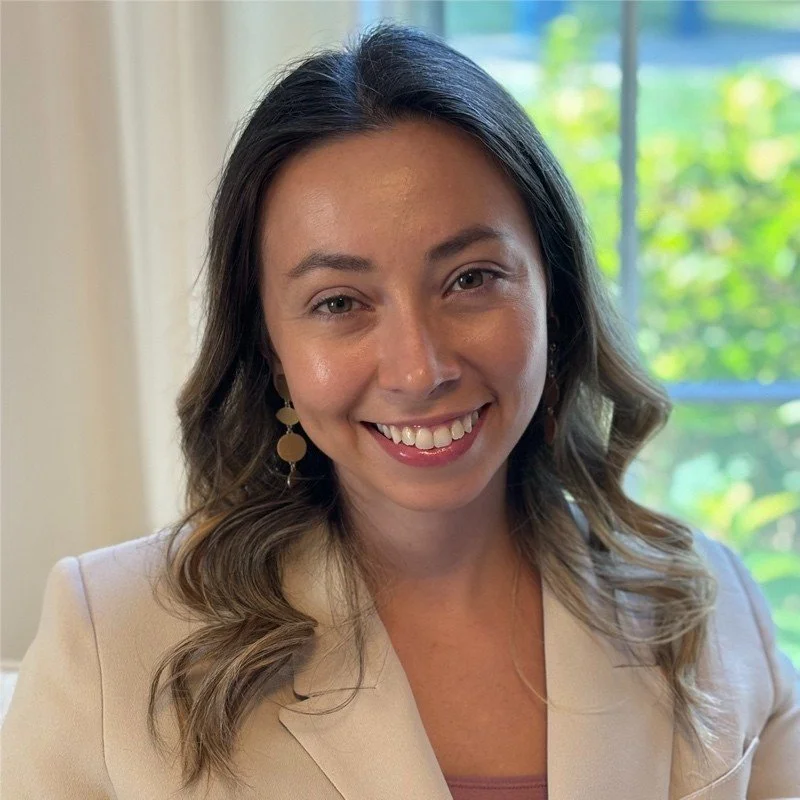Delivering a Standard of Excellence Program (Client Support)
This blog was submitted by Gabriela St Amand.
Let’s talk about Client Support. Most organisations have a team dedicated to assisting clients through incoming calls, tickets, and live chats. This real-time support function differs from a Customer Success Manager (CSM) role, which typically focuses on proactive, relationship-driven engagement. While there may be some overlap, each role plays a distinct part in supporting clients. Understanding these differences is essential when designing enablement programs for post-sales teams.
Most organizations will have some sort of team that primarily supports clients through incoming calls, tickets, and quick chats. This tends to be more real time support and serves a different function than a typical Customer Success Manager or similar role, though the primary functions of these roles can vary from organization. I’m highlighting this as it’s an important consideration when creating any enablement materials for post sales teams. These types of roles can have overlap with one another but there are clear distinctions in each for how they support clients.
Stepping into a new organization, one of my key priorities is to either develop a formal onboarding program or set a clear standard for success in the role. By proceeding with the latter, you are able to: level set the team, understand what you are working with in regards to skill development, and identify existing gaps. These will all play a role in developing future enablement programs and provide you with a baseline.
Program Overview
Given the importance of standardising expectations before diving into broader enablement efforts, the first program I rolled out at HopSkipDrive was a Certification Program: Delivering a Standard of Excellence for the Client Support Team. Why? There is only so much information you can gather before testing the waters with a live program. The intention behind this was to standardize across the board what delivering excellence looks like for a Client Support Specialist at HopSkipDrive. If someone doesn’t know what excellence looks like, it’s going to be challenging to have this be the standard. By level setting the team, it ensures everyone is clear on the expectation and provides you with a starting ground from an enablement side.
To build this program, we leveraged existing core competencies for the role to ensure alignment. The specific focus areas were Effective Communication Techniques (both written and verbal) and Customer Service Excellence principles (empathy/problem solving/proactivity/etc.).
The program was then put into 3 phases for the following reasons:
In adult learning, repetition is key
Incorporate different learning forums
Allow for practice opportunities (this is crucial for any learning!)
Program Breakdown: Three Phases of Learning
Phase 1: Knowledge Building
The first step was ensuring every team member had a baseline understanding of the concepts. During Phase 1, we developed two online modules covering:
Effective Communication Techniques (both written and verbal)
Customer Service Excellence Principles (empathy, problem-solving, proactivity, etc.)
Both online modules included examples and knowledge-check questions to help reinforce key learnings.
Phase 2: Practice & Application
The second step is the fun part, practice time! Team members conducted live role plays to apply what they learned in phase 1 into common scenarios they face, details are below:
Gathered into small groups with one facilitator where each specialist role played a scenario with their peers playing as the client
Following the role play, the team discussed different elements that were implemented
Before moving to phase 3, it’s important to highlight why phase 2 is important
Provides an opportunity to practice skills learned in a safe space (no clients)
Allows learners to learn from their peers (this is HUGE especially in a remote setting)
It makes learning FUN! When you deal with clients all day, it’s fun to pretend to be one ;)
Phase 3: Real-World Application
The last phase allows the learner to connect the program to their daily work and test out if they are actually implementing what they’ve learned. What this challenge entailed:
Specialist were given a 2-3 week time frame to select a call or ticket where they applied numerous learnings from the program
The member then presented it to the team and everyone voted for a winner!
Results & Impact
Enablement often influences performance rather than directly driving results, so we measured success across multiple data points
CSAT - We saw a 6.08% increase from Q3 to Q4, clearly demonstrating an improvement in client satisfaction
Manager Assessment - Conducted pre & post survey to gauge improvements and on average every area we measured increased 2-3%
Learner survey - 100% agreed this program helped improve their roles and 100% have applied learnings into their daily work
The CSAT score provides us data from the client perspective, manager assessment gives us insight from the manager though it is biased, and surveying the learners provides field feedback on how the program was digested.
Take Aways
Overall, this program was a complete success. The team was very receptive to learning and with such a huge increase in CSAT, this definitely sets the new standard across the team of what excellence looks like. For future enablement initiatives, we can now drill down on specific skillsets to refine.
GabrieLa St Amand
Customer Success Enablement Manager

